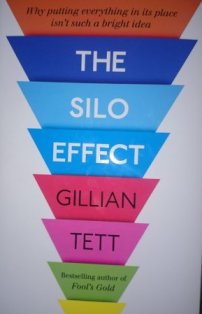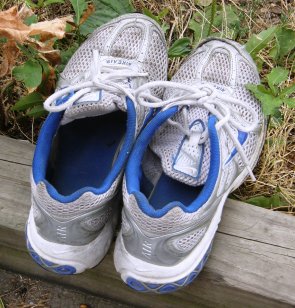OK so its now almost a month since I decide upon and shared my new years resolutions. You can read my resolution here. So far I think I am doing quite well however I purposely set my targets in such as way that success could be quantifiably measured. So how have I actually done so far:
1: To blog at least twice per month: So far for January I have managed 4 posts and during Feb my plan is to be involved in 29 days of writing. As such I may actually exceed my target of 24 postings even before the end of the 2nd month of the year assuming I manage 29 posts across Feb. Even if I do manage 29 posts the challenge will then be to continue blogging in the knowledge that I have already achieved the yearly goal.

2. 1.9 tweets per day over the year: In January so far I have managed 200 tweets so this is significantly above the target of around 60 per month. I think buffer has been particularly useful in doing this as it has allowed me to set up my tweets for a couple of days ahead whenever I find myself with a little spare time (and that doesn’t happen that often). I also think my increased engagement in twitter chats such as #satchat, #sltchat and #mltchat, to name but a few, has helped here.
3. achieve Google Certified Educator Level 2 status: Still haven’t progressed this one yet however there is plenty of time. Just need to get the appropriate practice with GAfE in, then book the exam.

4: read at least 1 book per month: Am currently on my 4th book for the month although 2 books had been partly read before I picked them up again in Jan. Am enjoying getting the reading in and hope to manage 1.5 to 2 books per month.
5. To use tools such as Evernote and Buffer to allow me to work smarter: Buffer in particular is being of excellent use. Haven’t really made much use of Evernote lately however am making increasing use of the calendar in MS outlook to manage my time and meetings. Working Smarter will continue to be something I need to re-examine.
6. To get involved in twitter chats: Have had regular input in particular into #sltchat. Am also getting involved in #mltchat, with both chats being on my outlook calendar so I get reminders. I see further chats being added as the weeks progress.

7. To get involved in events and conferences: Have been loving #appsharelive and am looking forward to the next one in Feb. Went along to BETT however I didn’t find it that useful. I think I will need to plan the BETT event better should I decide to go to it. So far in Jan I have also missed a couple of other events mainly due to personal commitments. I would hope that I will be able to find the time for future events which may arise.
8. To experiment with video and YouTube: Haven’t managed to progress this yet however there is plenty of the year remaining so am ok at this point with the lack of progress here.

In addition to the 8 points I shared I have also subsequently identified an additional target which relates to fitness. Sadly fitness is not something which I am particularly good at focussing. I would say that it is a personal weakness for me. Thankfully I managed to identify a simple and easy way to build on my fitness level without the need for me to attempt to change my daily routine too significantly. Basically I am now logging my steps using my phone each day. I am then trying to build of my daily number of steps and in doing so build on my fitness. I hope that I may even get the point that a short jog is not out of the question. The fact that I have identified a process I can actually engage in, in relation to fitness, is a positive step [ LOL! ] as far as I am concerned. I consider it especially successful given the fact it is a personal weakness which I have previously been able to make little progress on.
Overall I would say it has been a good January for me in terms of my resolutions. I now need to build on this and have an even better February.






